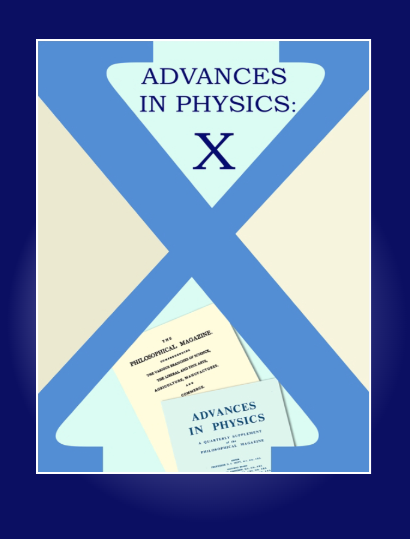Ultra-stable and versatile high-energy resolution setup for attosecond photoelectron spectroscopy
IF 10.8
2区 物理与天体物理
Q1 PHYSICS, MULTIDISCIPLINARY
引用次数: 0
Abstract
Attosecond photoelectron spectroscopy is often performed with interferometric experimental setups that require outstanding stability. We demonstrate and characterize in detail an actively stabilized, versatile, high spectral resolution attosecond beamline. The active-stabilization system can remain ultra-stable for several hours with an RMS stability of 13 as and a total pump-probe delay scanning range of \sim 400 fs. A tunable femtosecond laser source to drive high-order harmonic generation allows for precisely addressing atomic and molecular resonances. Furthermore, the interferometer includes a spectral shaper in 4f-geometry in the probe arm as well as a tunable bandpass filter in the pump arm, which offer additional high flexibility in terms of tunability as well as narrowband or polychromatic probe pulses. We show that spectral phase measurements of photoelectron wavepackets with the rainbow RABBIT technique (reconstruction of attosecond beating by two photon transitions) with narrowband probe pulses can significantly improve the photoelectron energy resolution. In this setup, the temporal-spectral resolution of photoelectron spectroscopy can reach a new level of accuracy and precision.阿秒光电子能谱的超稳定和通用高能分辨率装置
阿秒光电子能谱通常使用需要卓越稳定性的干涉实验装置进行。我们详细展示并表征了一种主动稳定、通用、高光谱分辨率的阿秒光束线。主动稳定系统可以在几个小时内保持超稳定,RMS稳定性为13 as,总泵探头延迟扫描范围为\sim 400 fs。驱动高次谐波产生的可调谐飞秒激光源可以精确寻址原子和分子共振。此外,干涉仪包括探针臂中4f几何形状的光谱整形器以及泵臂中的可调谐带通滤波器,其在可调谐性以及窄带或多色探针脉冲方面提供额外的高灵活性。我们表明,用彩虹RABIT技术(通过两光子跃迁重建阿秒拍频)和窄带探测脉冲对光电子波包的光谱相位测量可以显著提高光电子能量分辨率。在这种装置中,光电子能谱的时间光谱分辨率可以达到一个新的精度和精度水平。
本文章由计算机程序翻译,如有差异,请以英文原文为准。
求助全文
约1分钟内获得全文
求助全文
来源期刊

Advances in Physics: X
Physics and Astronomy-General Physics and Astronomy
CiteScore
13.60
自引率
0.00%
发文量
37
审稿时长
13 weeks
期刊介绍:
Advances in Physics: X is a fully open-access journal that promotes the centrality of physics and physical measurement to modern science and technology. Advances in Physics: X aims to demonstrate the interconnectivity of physics, meaning the intellectual relationships that exist between one branch of physics and another, as well as the influence of physics across (hence the “X”) traditional boundaries into other disciplines including:
Chemistry
Materials Science
Engineering
Biology
Medicine
 求助内容:
求助内容: 应助结果提醒方式:
应助结果提醒方式:


